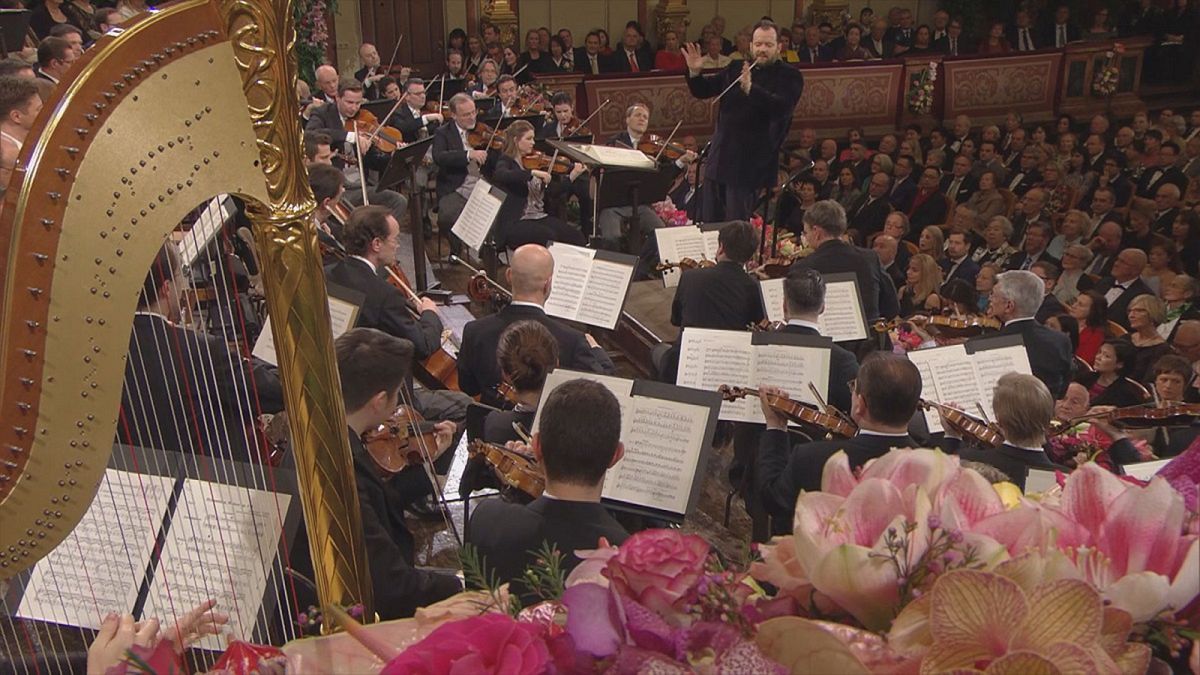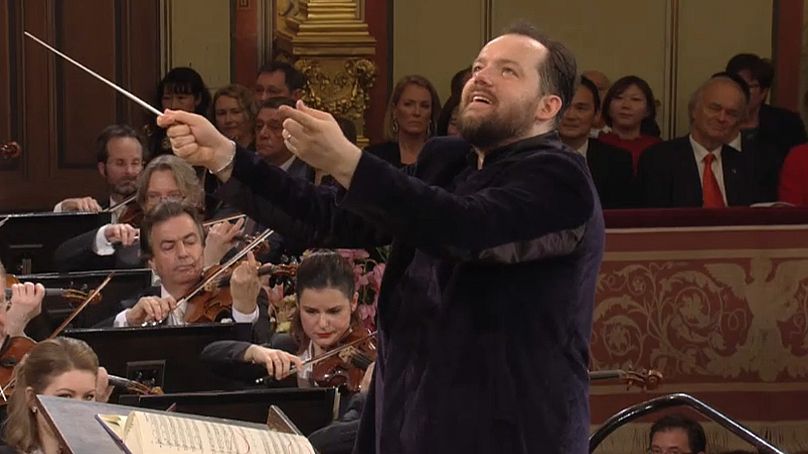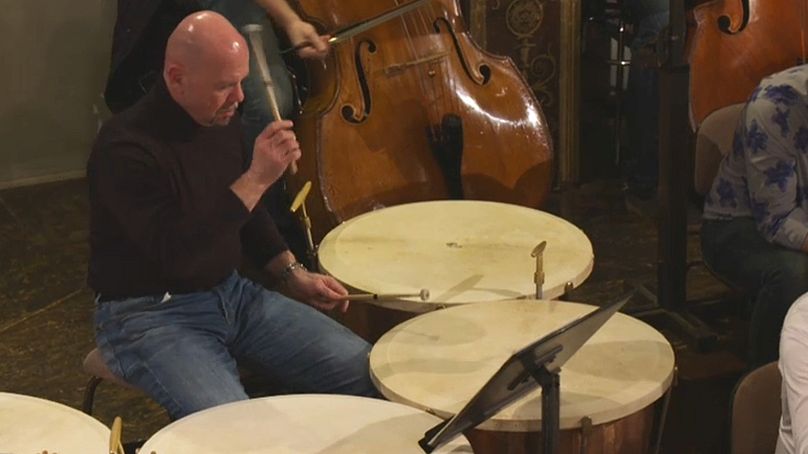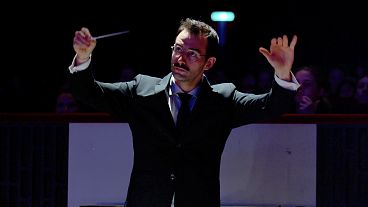The 178-year-old Vienna Philharmonic has played under the baton of some of the world's most famous maestros. But it marches to its own tune.
The Vienna Philharmonic has premiered numerous masterpieces in its 178-year history and been under the baton of the most important maestros.
But it’s the New Year’s Concert which made the orchestra world-famous – with the performance being broadcast to more than 90 countries around the world.
Latvian maestro Andris Nelsons, who was chosen to conduct this year’s concert, told Musica why he believes the orchestra is so special.
“It's one of these orchestras where the identity is very clear and particularly when the Vienna Philharmonic play the New Year's Concert, I think that's the way that nobody plays. That is the DNA of this orchestra.”
Besides polkas and marches, the orchestra has a unique way of playing the waltz.
Horn player Wolfgang Vladar explains: “The second bar comes too early and the third a bit too late. You can’t explain it mathematically. You learn how to feel it.”
Vladar is proud of the Vienna Philharmonic’s style.
“When you listen to an American orchestra, they play it evenly. It’s almost as if they played another piece. They play very well - but they don’t have the feeling for it. Like when we play Gershwin.”
Trombonist Johann Ströcker says Vienna made the music of Strauss famous and the city has a real understanding and feeling for it.
“This ‘reading between the lines’ of the music is very natural to us here,” he said.
Some say the orchestra’s sound is unmistakable. This might be because of its very distinct instruments.
“The Viennese timpani are made of goat skin and therefore have a dark and warm sound,” says percussionist Anton Mittermayr. “It’s like, how shall I put it into words, a good and heavy red wine.”
In other orchestras, timpani are made of plastic or calf skin.
Other instruments are custom-made as well, including the oboes, triangles and horns.
Vladar says the Viennese horns may sound very loud, but in reality they aren’t as loud as the modern double horns used in other orchestras around the world.
“That is an advantage playing in an orchestra. We won’t drown out the woodwinds or the strings even if we played very loudly. The music stays more transparent.”
Nelsons was a popular choice with the orchestra, which doesn’t have a permanent conductor.
“He’s very connected with the orchestra,” says Vladar. “He behaves more like one of us than being the absolute ruler in front of us.”





